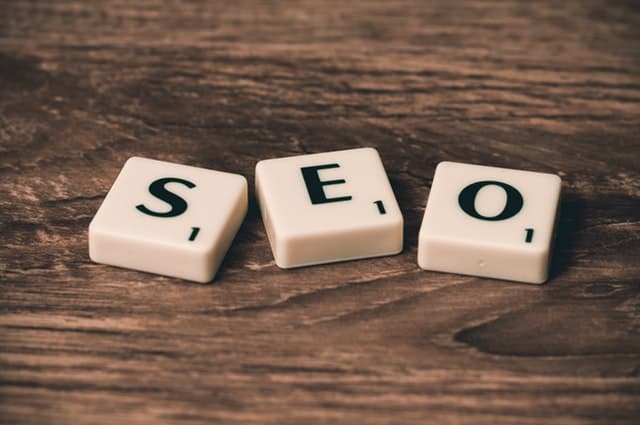The state of the economy is anyone’s guess, with predictions all over the place for the coming year. Is there still a recession on the horizon? No one really seems to know. But inflation is high, gas prices are astronomical, and wages just aren’t keeping up. And yet, Americans are still shopping, with consumer spending actually increasing in 2023, despite some predictions. As it turns out, human behavior isn’t always as predictable as it would seem.
One thing seems clear: no matter the state of affairs, there’s probably still a market for what you’re selling. You just need to know where to look and how to get the right message out about your products or services. You’ll also need to be shrewd about how you manage your resources, if you want to keep your profits up. Here are a few ways technology can help you grow your business, regardless of market conditions.
1. Competitive Intelligence
Competitive intelligence is crucial to maintaining growth and staying profitable in an uncertain economy. Your business needs to understand how to position itself relative to other players in your niche. One especially important area of competitive intelligence is competitive content analysis. This consists of studying your competitors’ blog and website content to look for areas where you could be better serving site visitors.
Content is key because consumers increasingly rely on businesses for credible, authoritative information on current events and topics of interest. Readers who might’ve once turned to their favorite news outlet or Wikipedia may now find themselves on your site, instead. As such, sharing the right high-quality content, and having it land your brand on the SERP can land you more readers. In a fragile economy, that extra site traffic could make or break your sales.
2. Supply Chain and Inventory Optimization
When sales are harder to come by, it helps to have a few tricks in your back pocket for increasing profit margins. Chief among these is anything you can do to streamline your operations, reduce your overhead costs, and free up capital to fuel growth. If you deal in physical goods, a smart place to start is streamlining your supply chain and inventory operations. You can save a lot of money, for example, by reducing any extra spending on buffer stock and warehouse space.
Most businesses rely on legacy methods like oversimplified formulas and excel spreadsheets to make inventory decisions. They make a rough guess at demand, and then generate their purchase orders based on last month’s or last year’s sales. Newer methods, however, use sophisticated tools like AI and machine learning to make more complex and accurate demand predictions. These tools can help you reduce inventory and logistics costs, without stocking out.
3. AI and Automation
Supply chain and inventory management isn’t the only use for AI and automation in business growth. You can also use AI and automation to improve, enhance, and optimize other aspects of your business. If you need to save on staffing costs, for instance, automation can take over for certain kinds of repetitive tasks. AI tools like chatbots can provide a good backup when you don’t have enough customer service agents on hand.
AI and large language models can help with tasks like translation or developing contracts and reports. They can also help write emails and make sure documents and presentations are formatted correctly, with appropriate branding. It’s important to have at least one set of human eyes overseeing all AI and automated tasks. But AI and automation can still keep your business strong and growing, even when you can’t afford to make new hires.
4. Financial Planning, Fintech, and Non-Traditional Lending
Technology has also made it simpler than ever to keep your coffers full, even when times are rough. A host of new fintechs and financial software solutions are helping companies forecast, manage, and get visibility into their cash flow. AI tools can help your finance department make better predictions about future needs and performance. They can help you build a stronger budget and make better, more data-driven finance decisions.
Fintech is also making it easier for businesses to augment their cash flow and credit, with alternative sources of funding. Businesses that once had to rely on slow borrowing processes, like SBA loans, now have many more options. Tech-enabled online applications are allowing businesses to apply for financing online in mere minutes. Once approved, it may only take a day or two to borrow thousands or millions of dollars to invest in growth.
It Isn’t Only the Economy
The economy may not be in great shape, but things look a lot different than they used to during a downturn. People still keep spending, regardless of whether or not they have the cash — especially when they can pay with credit or in installments. You might think a recession means shuddering your doors or at least battening down the hatches. But with a little ingenuity, it’s actually possible to take advantage of the situation and boost your popularity and profitability.
The key thing to remember is you need your customers to see you as not just an option, but a necessity. To win, position your brand as a crucial resource and a trustworthy partner they can always depend on. Produce top notch content, keep products in stock, and make sure you’re reliably meeting their needs — no matter what. Make your customers feel good about choosing you, in times when they have to be choosier with their dollars.



